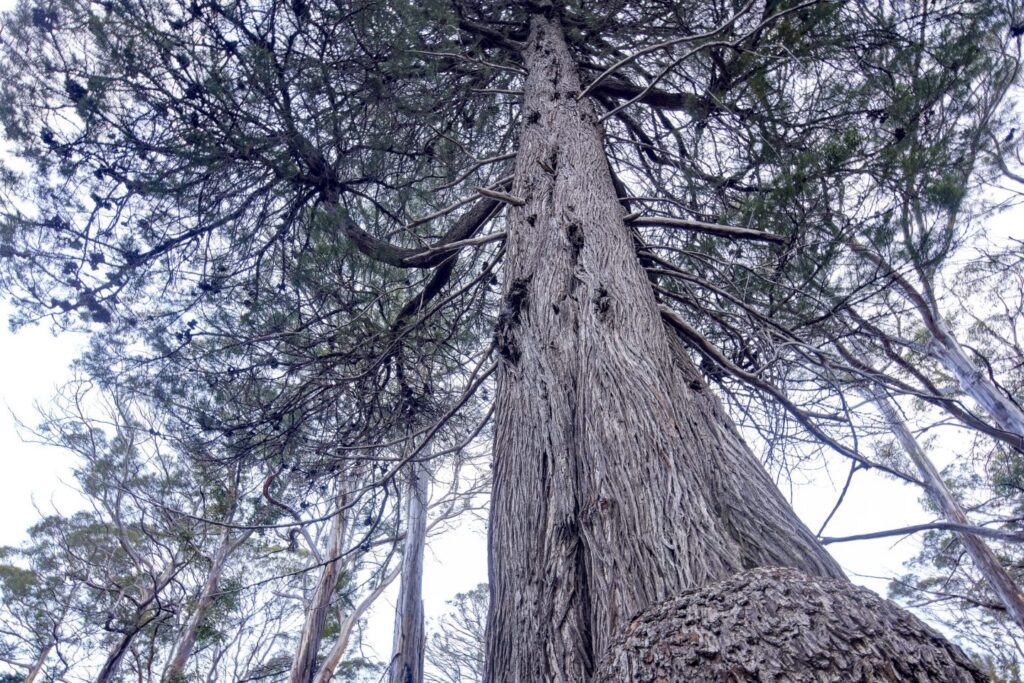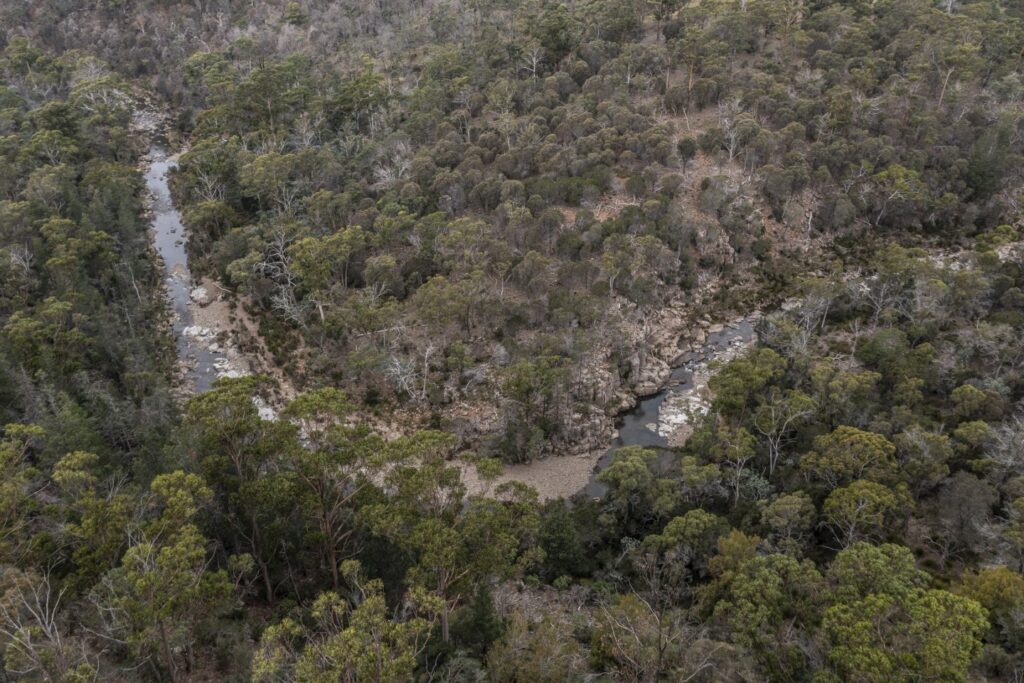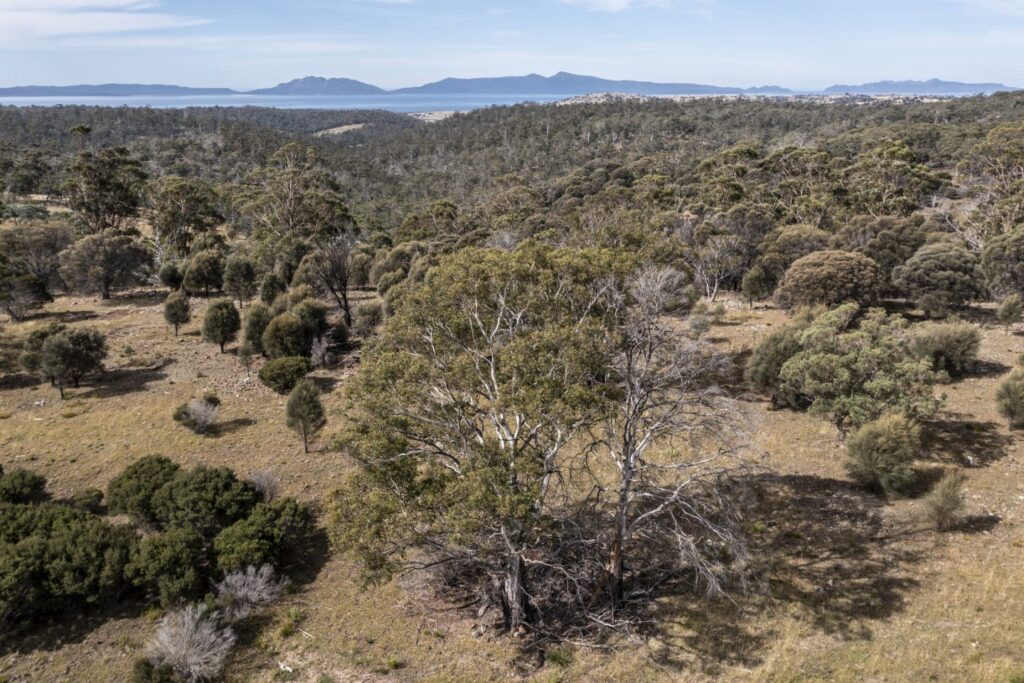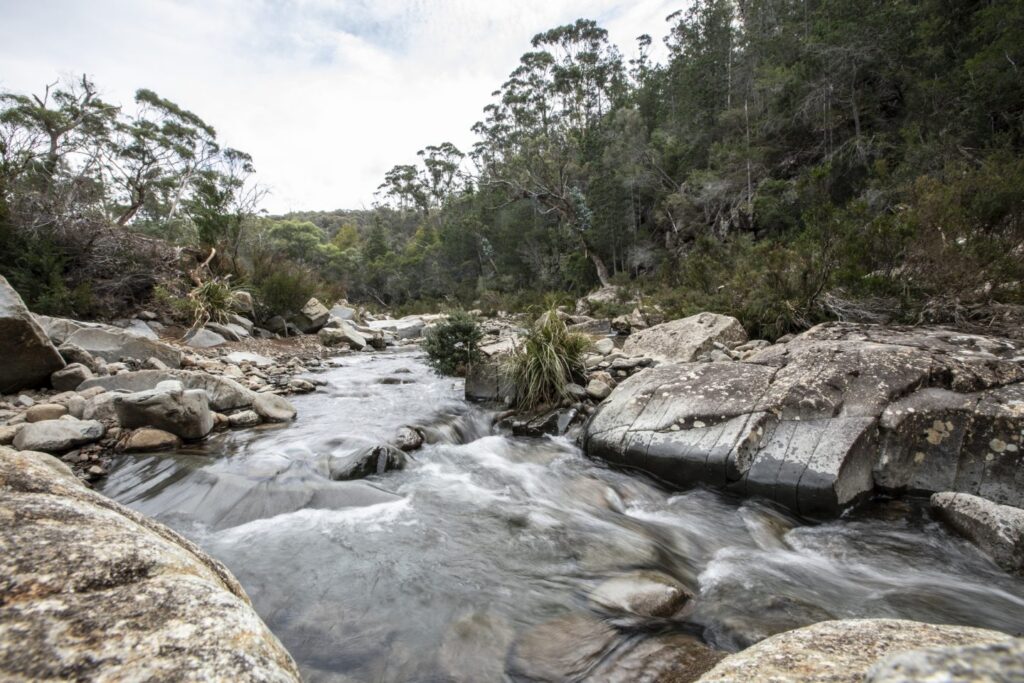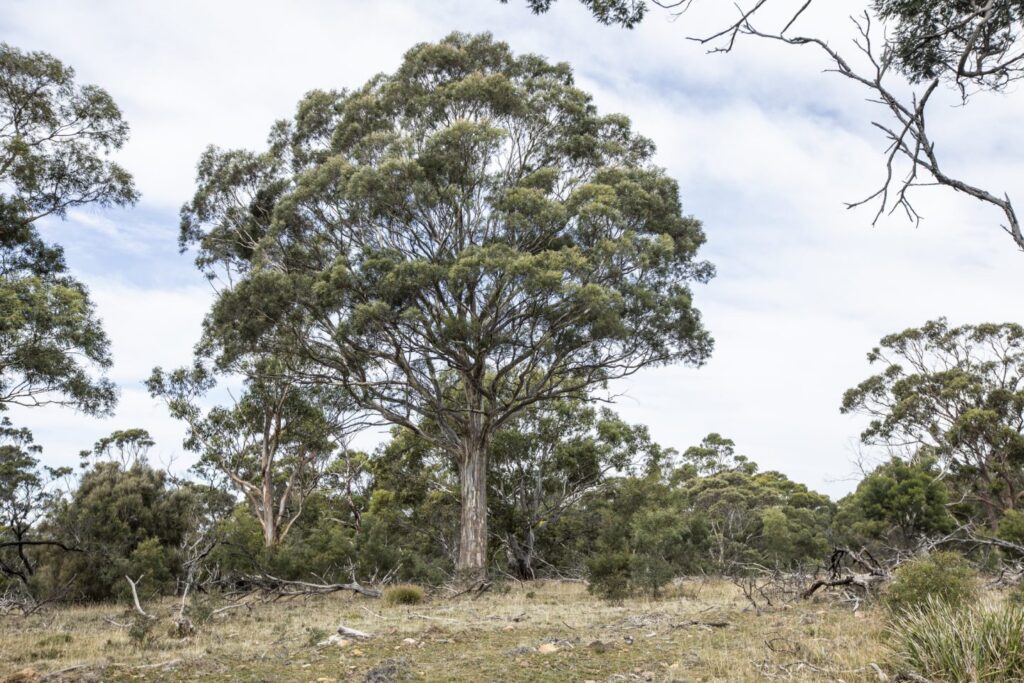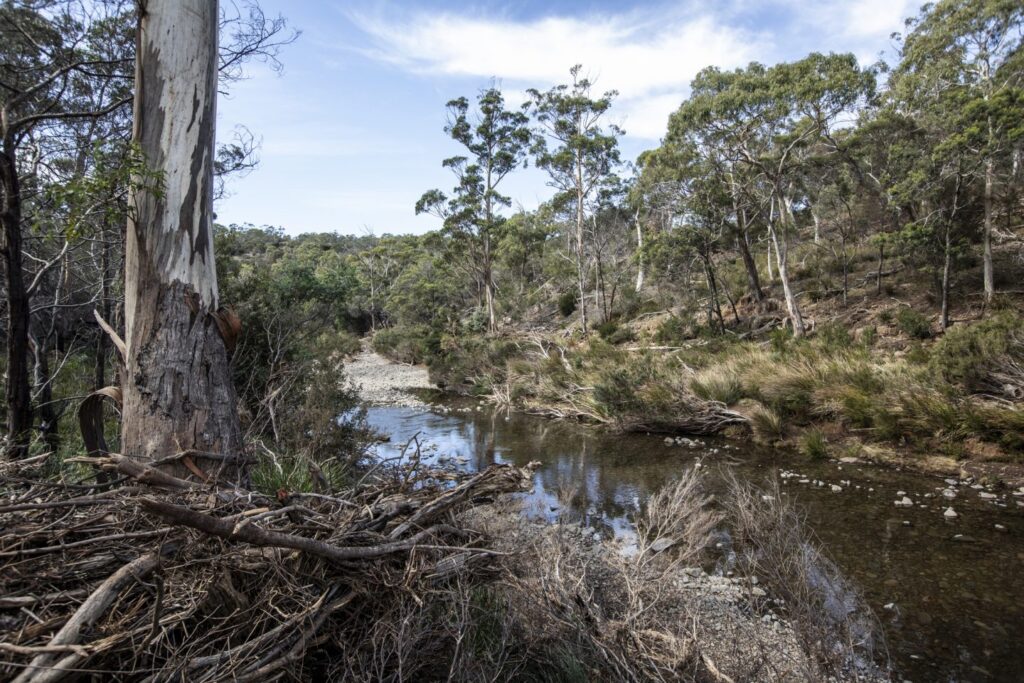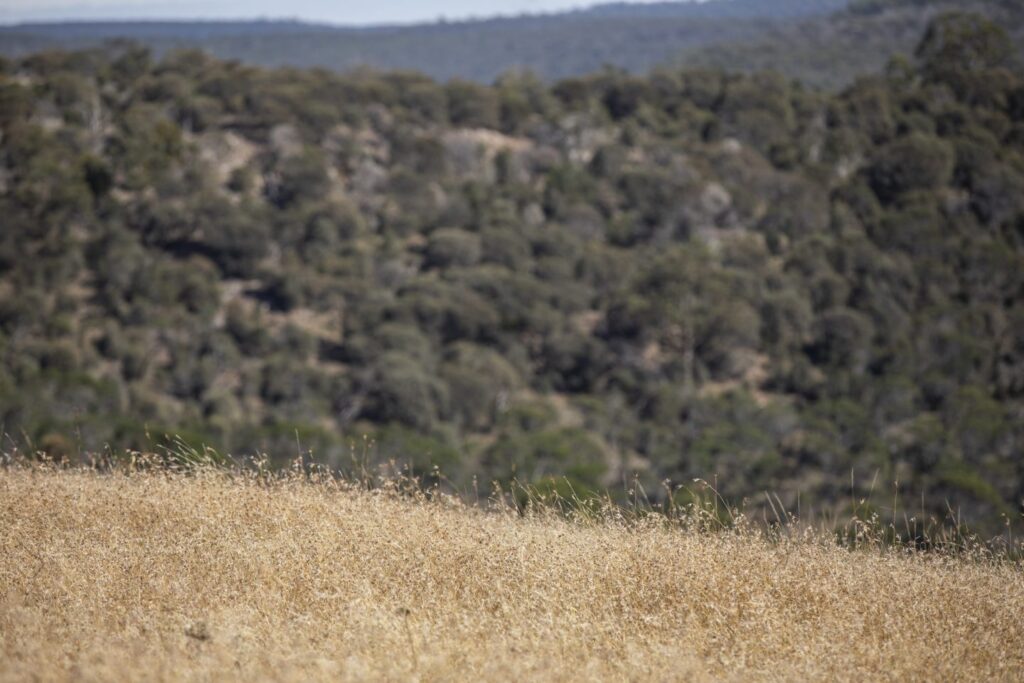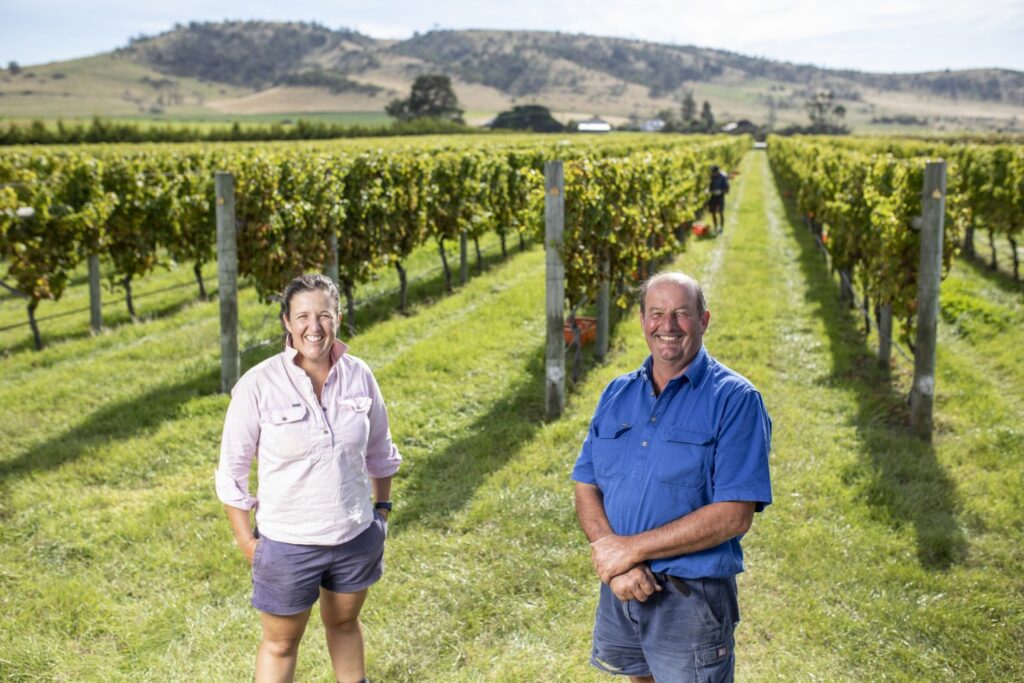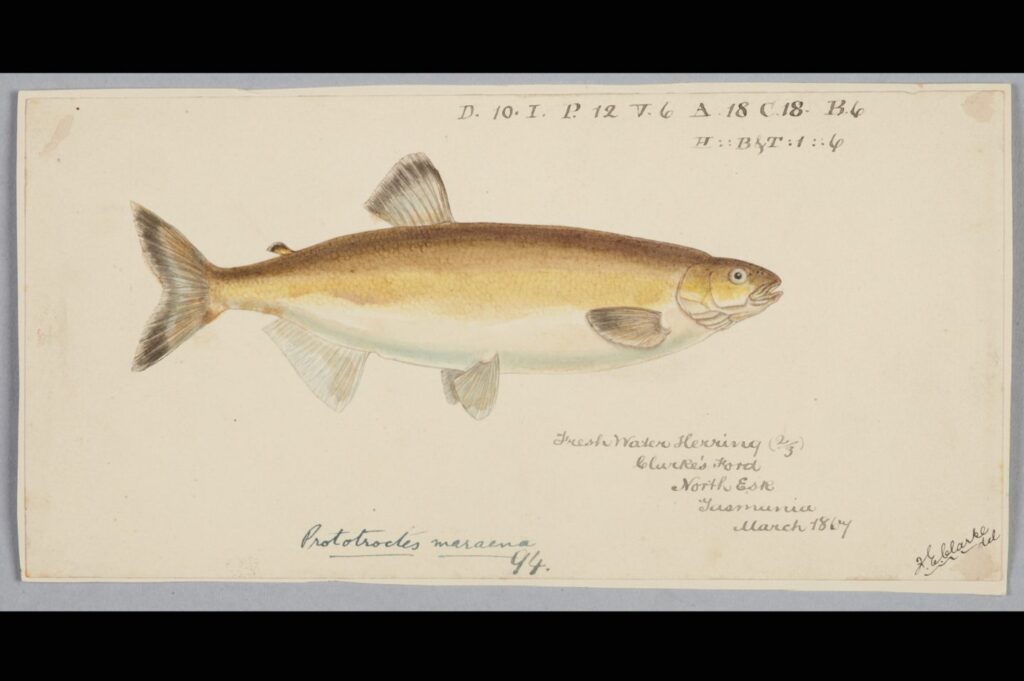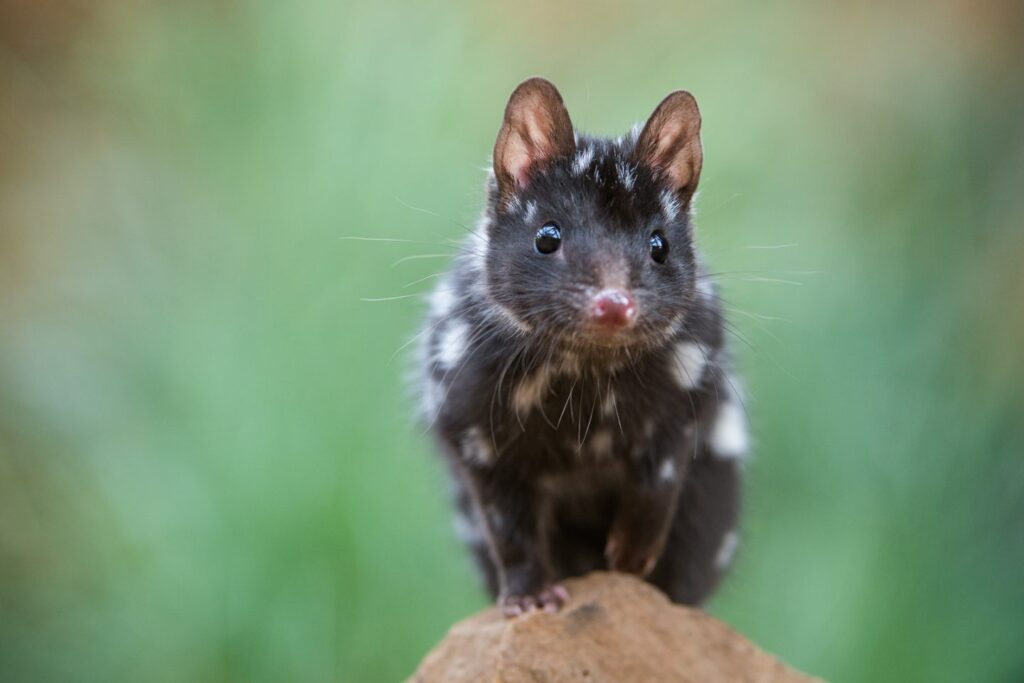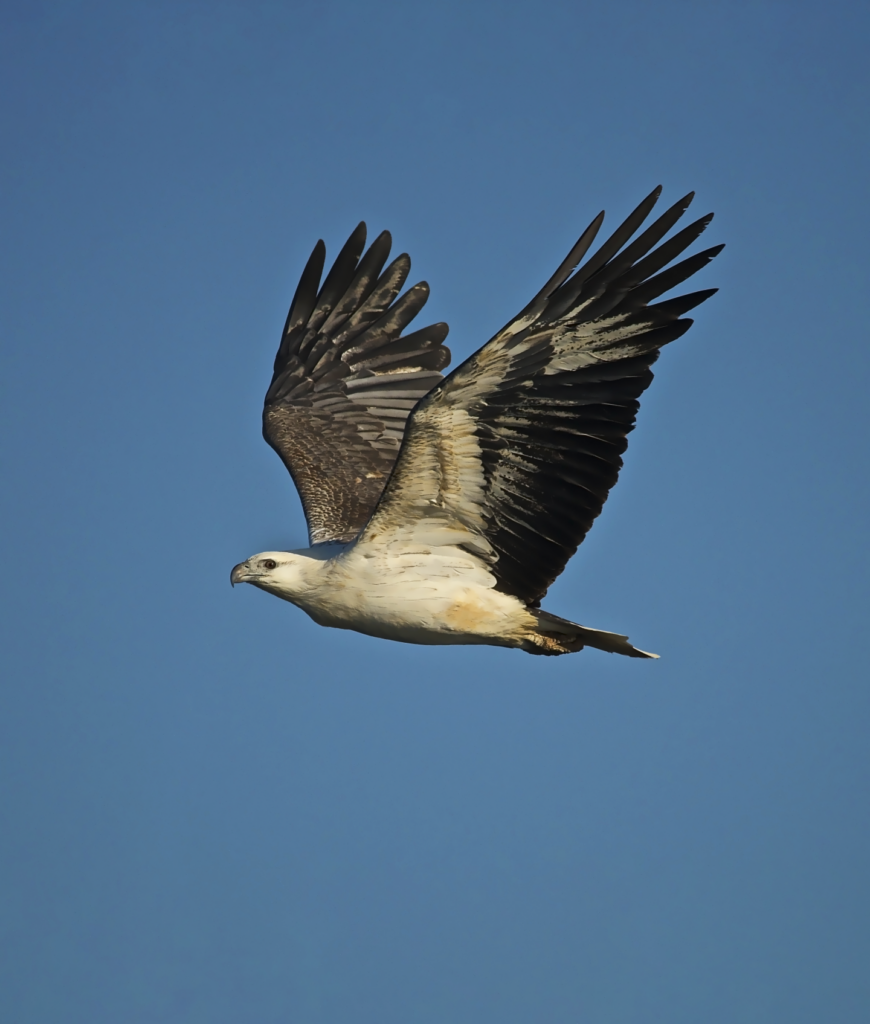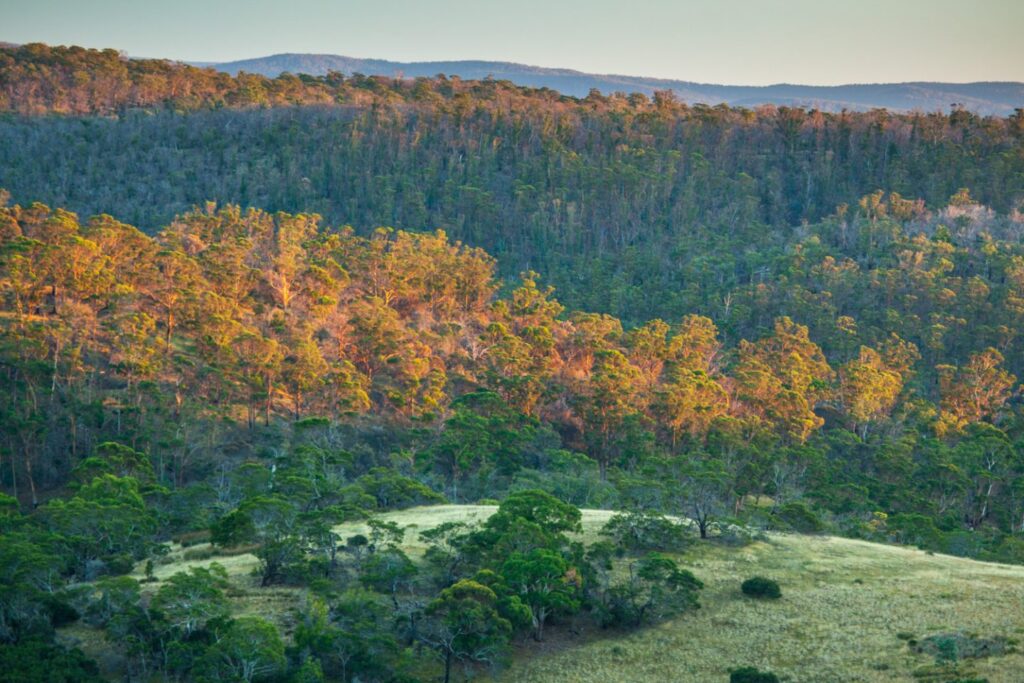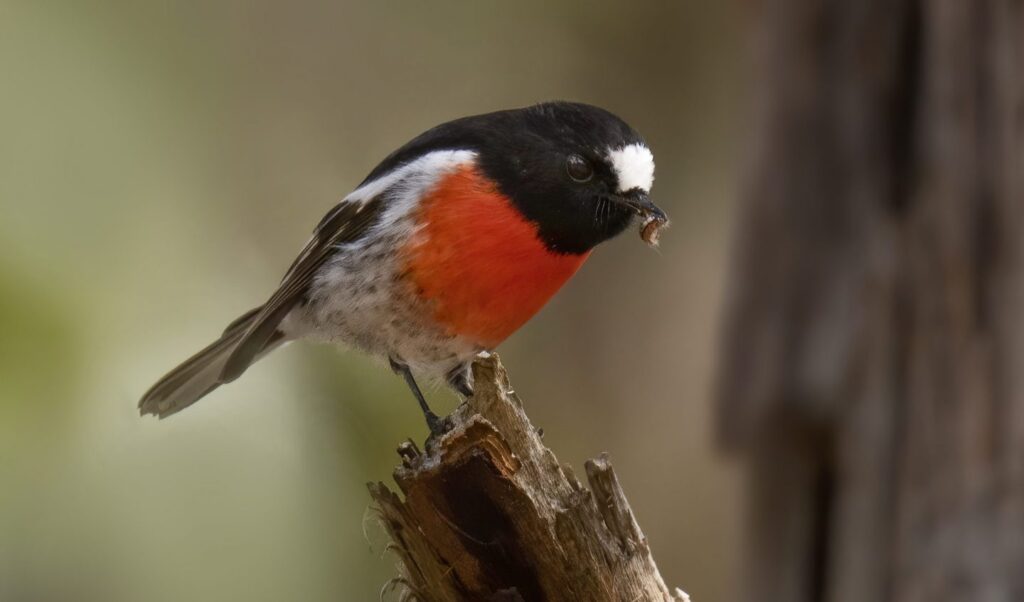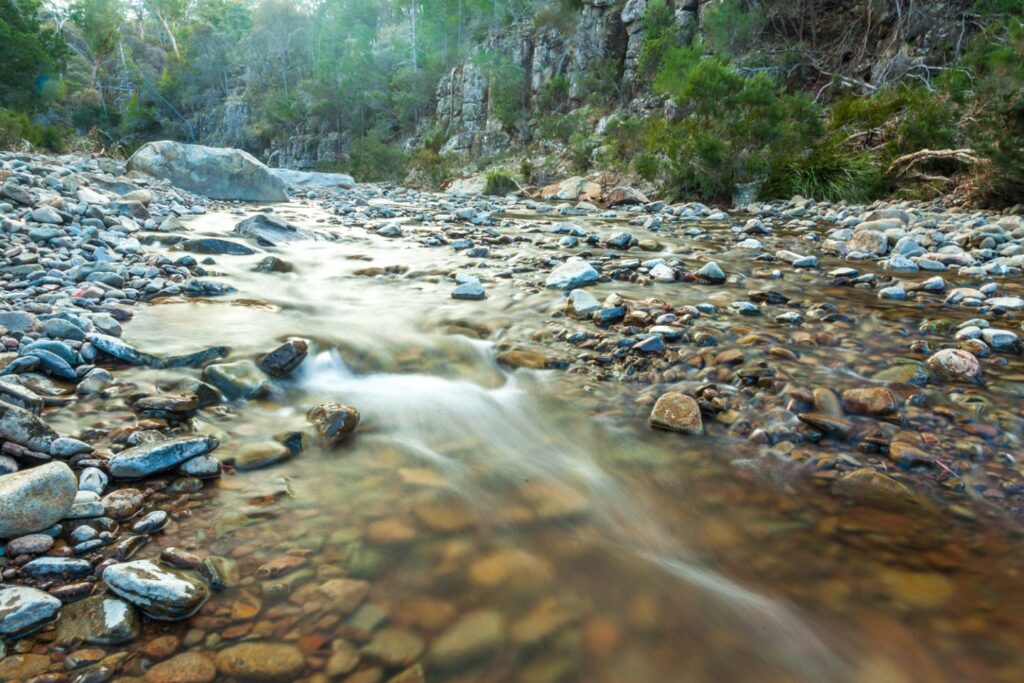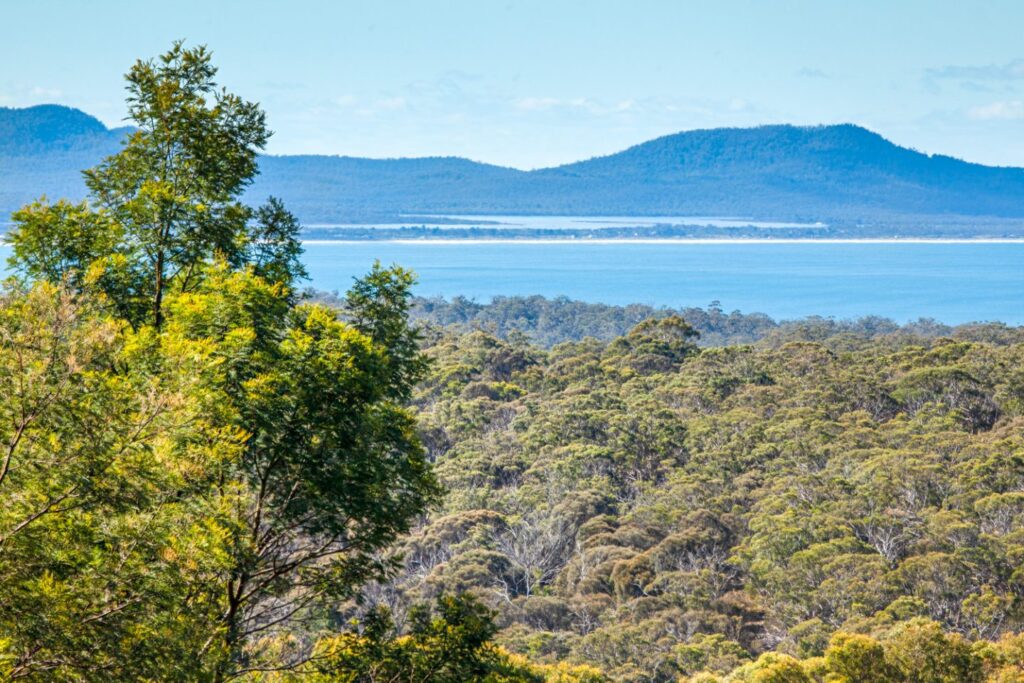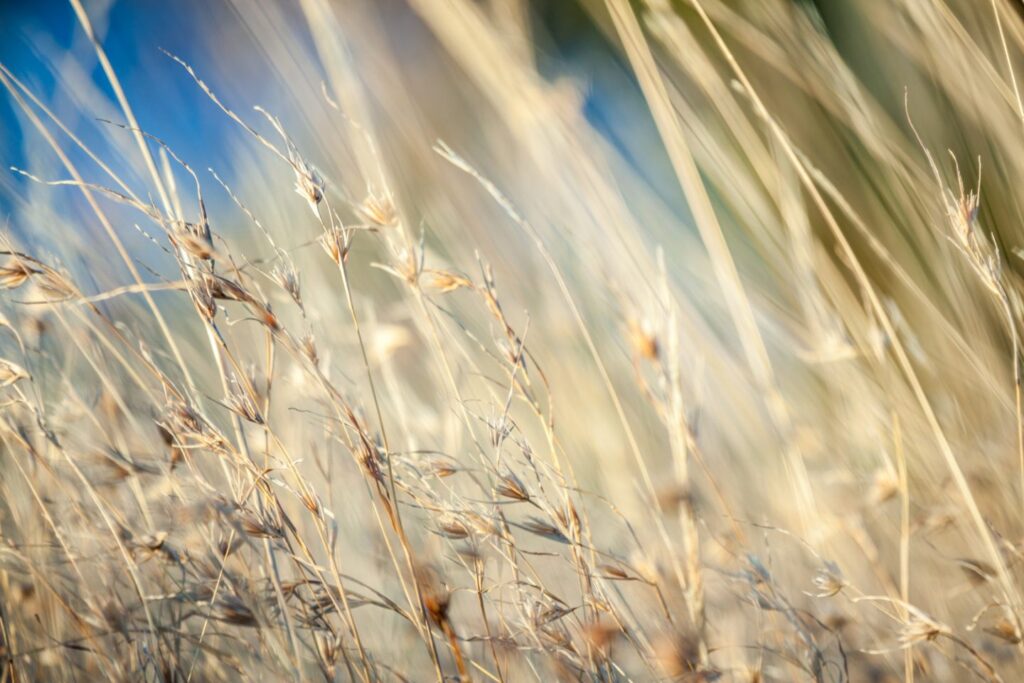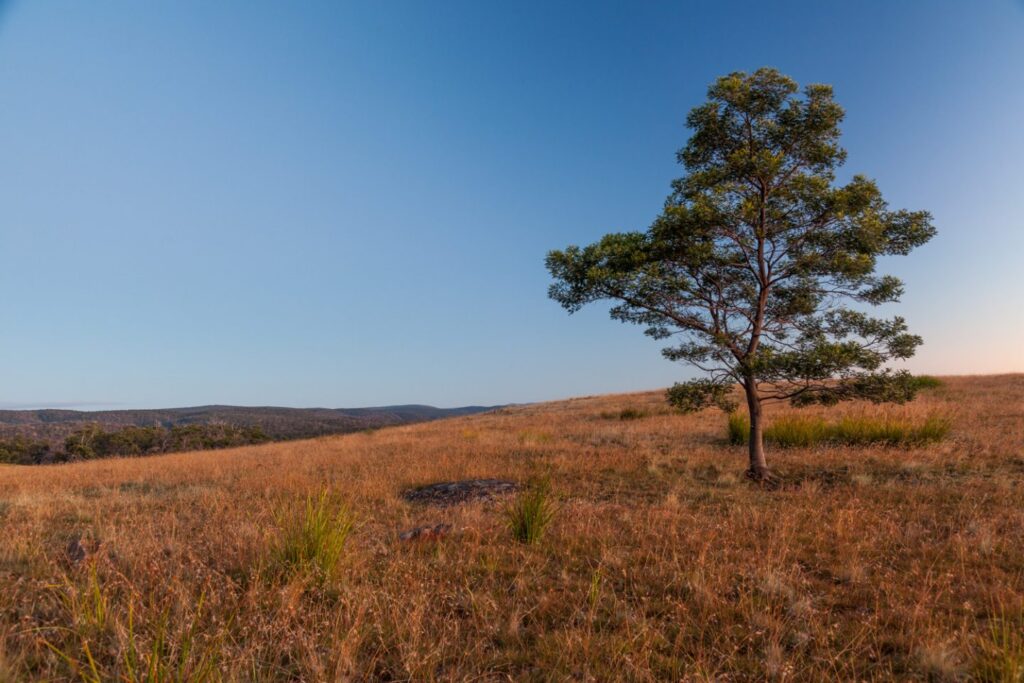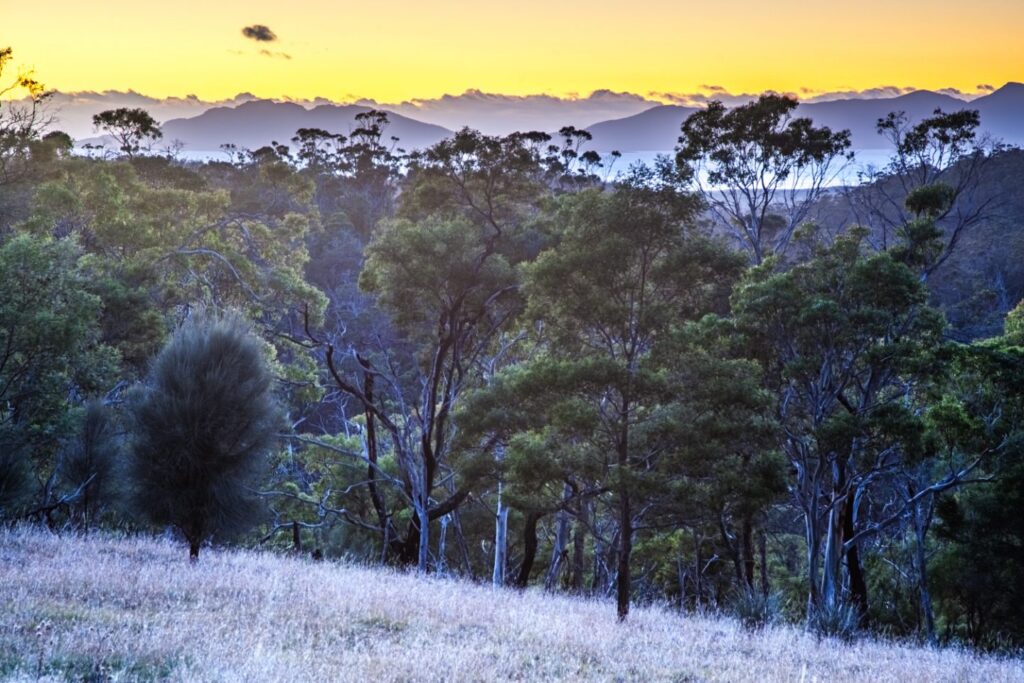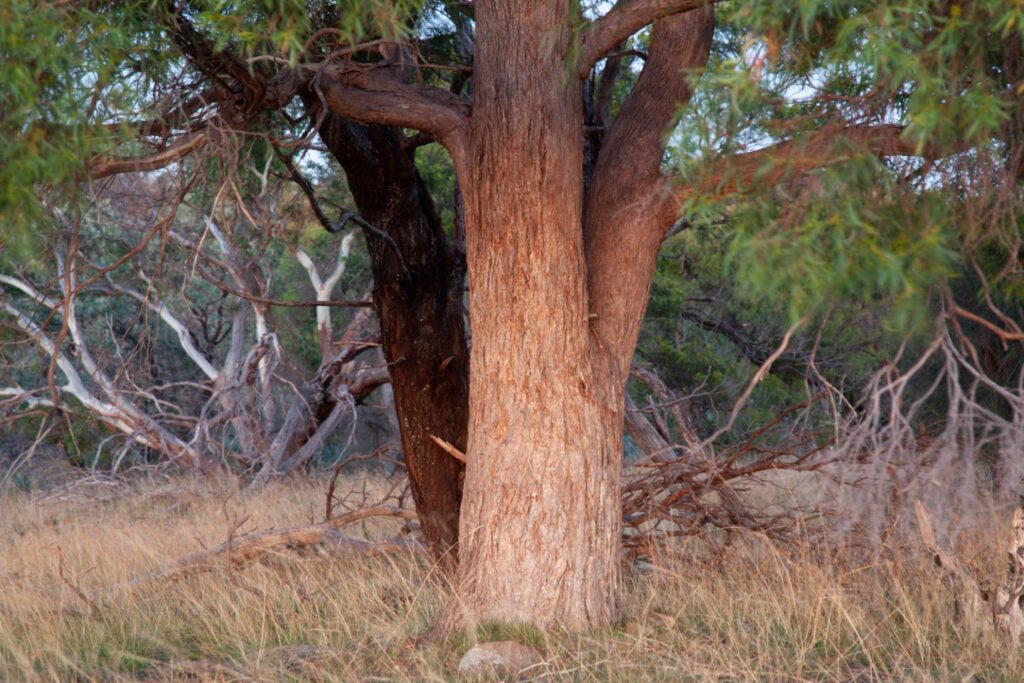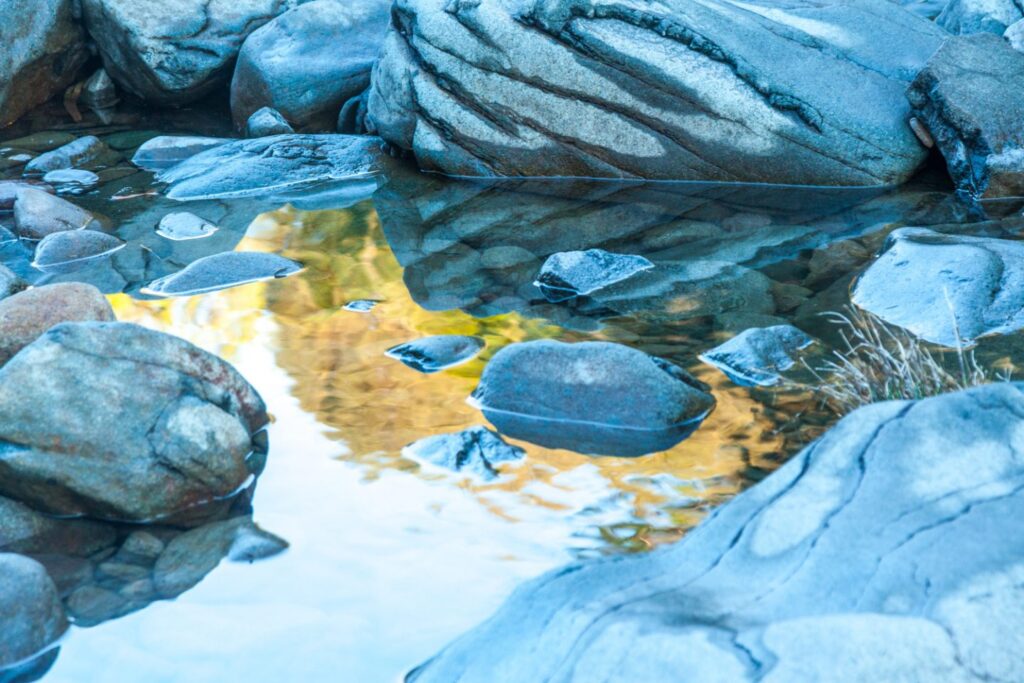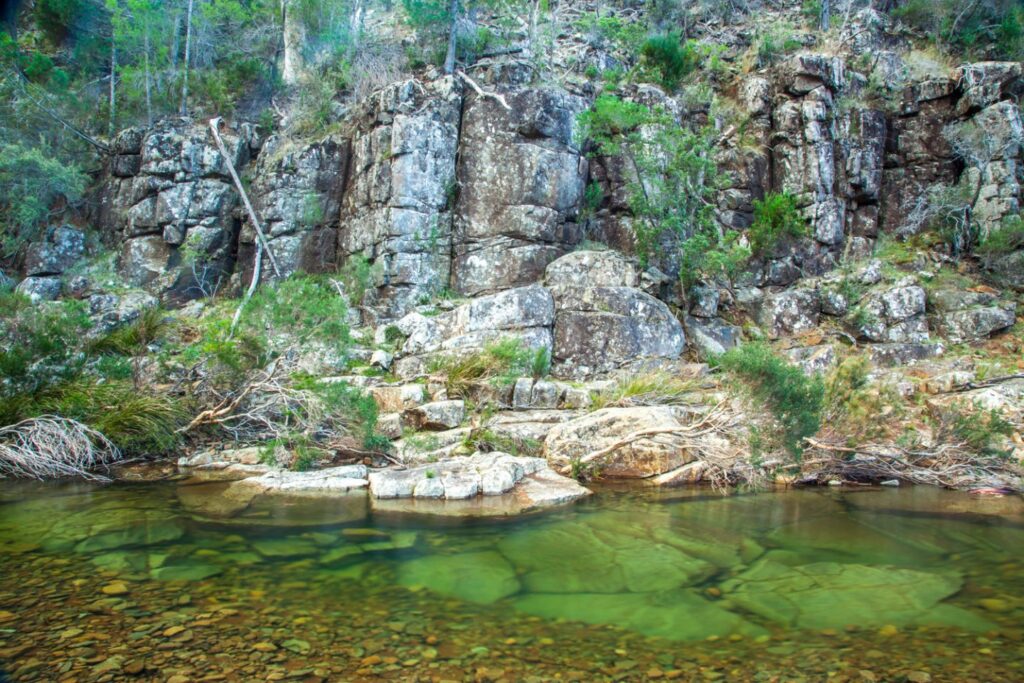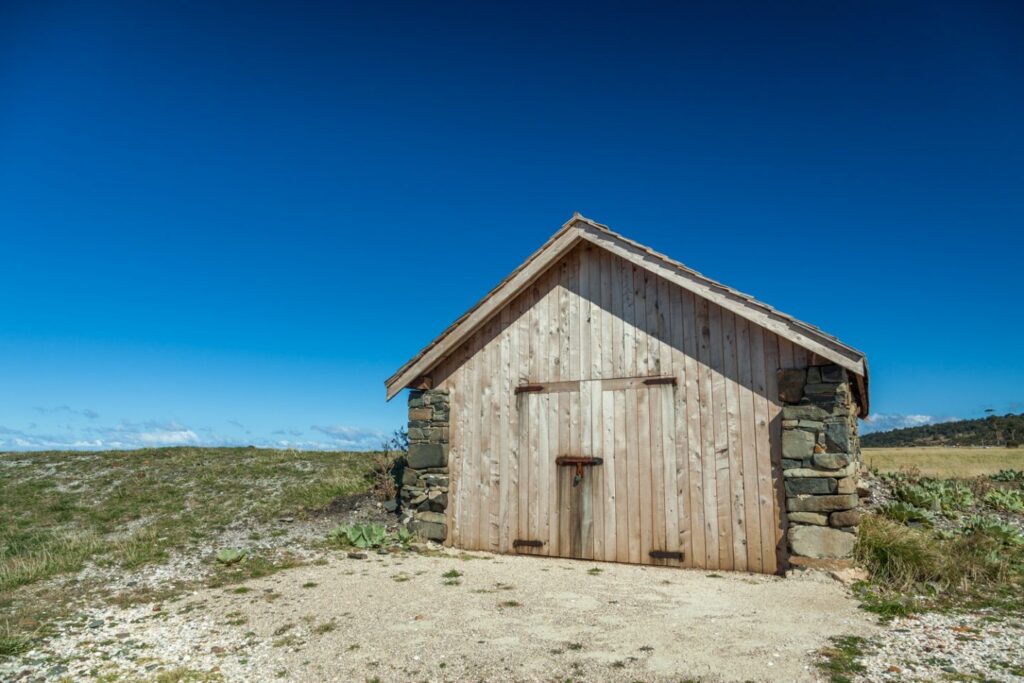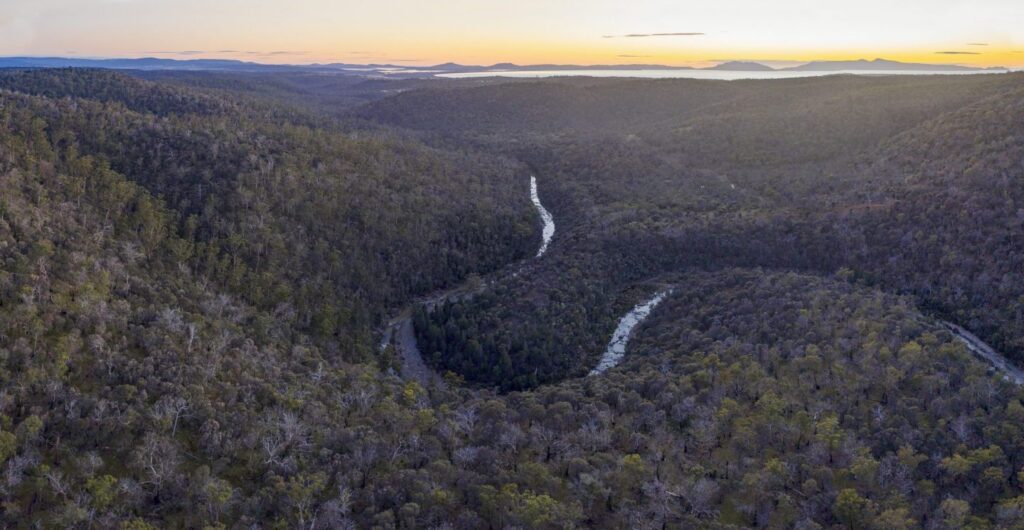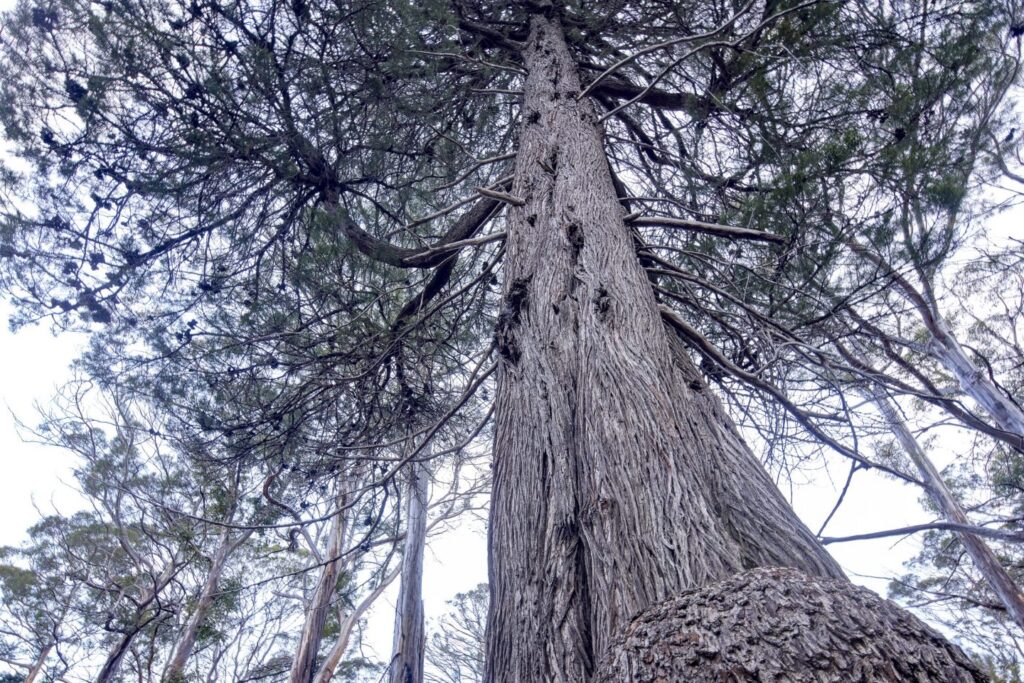Kelvedon Hills Reserve is 2,300 hectares of rich, varied and iconic high-conservation land. It is the TLC’s second-largest reserve, after Five Rivers.
A property this size makes a huge difference – there is habitat here for over 40 rare and threatened species, including 11 that are nationally threatened. The property’s wet gullies and river valleys provide refuges in a hotter drier climate, and the connectivity of landscapes give species room to move in times of crisis. The property is bounded by large areas of existing, nature reserves including Dry Creek Nature Reserve and Eastern Tiers Conservation Area, providing a huge overall impact that makes a lasting contribution to conservation across the landscape, and with Kelvedon’s connections to TLC’s Little Swanport and Prosser River Reserves, protecting this landscape has resulted in 3,500 ha of contiguous private reserves.
NATURAL VALUES AND CONTEXT
Just south of Swansea on Tasmania’s picturesque east coast, Kelvedon Hills is bounded by two rivers, the Meredith and the Stoney. The diversity in habitat types, condition and connections between these river systems is one of the unique features of the property. Rolling hills of grassy woodland and forest extend back into the Great Eastern Tiers, providing a critical link to other protected areas for the many species that live here.
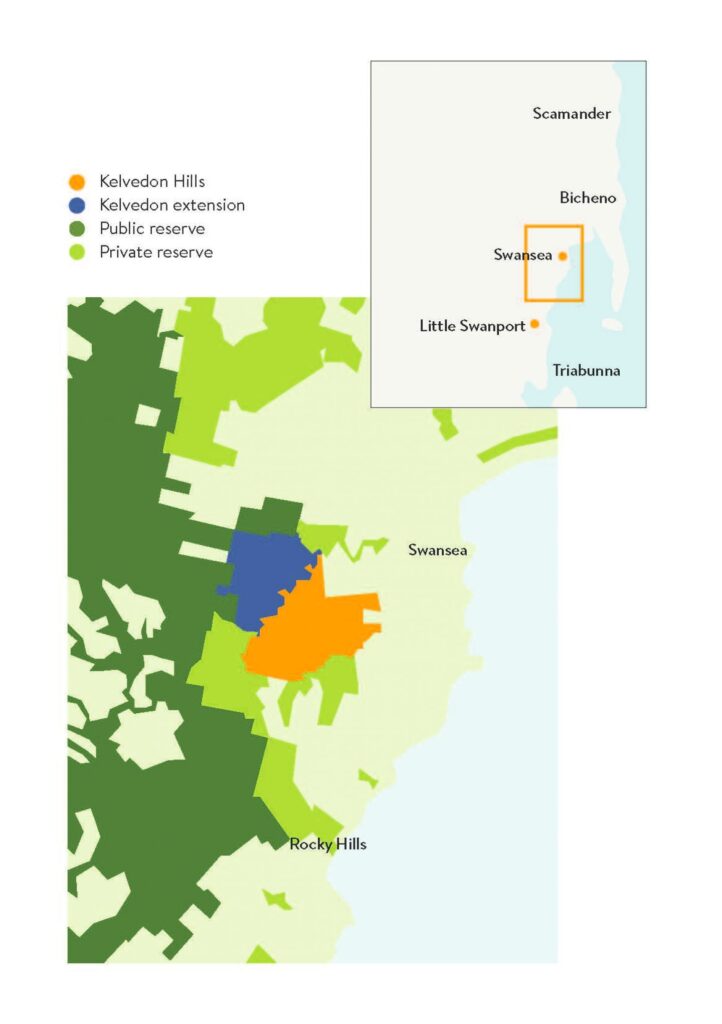
There are rare and threatened species at Kelvedon Hills from the tiniest insect to the most magnificent eagle. Impressive stands of blue gum forest provide significant nesting and foraging habitat for the nationally endangered swift parrot (Lathamus discolor). The hills also support a healthy population of Forester kangaroos (Macropus giganteus), reduced to less than 15% of its range at the time of European settlement. There is habitat at Kelvedon Hills for masked owls (Tyto novaehollandiae) and white-bellied sea eagles (Haliaeetus leucogaster), Tasmanian devils (Sarcophilus harrisii) and spotted-tailed quolls (Dasyurus maculatus), chaostola skippers (Antipodia chaostola) and Australian graylings (Protroctes maraena).
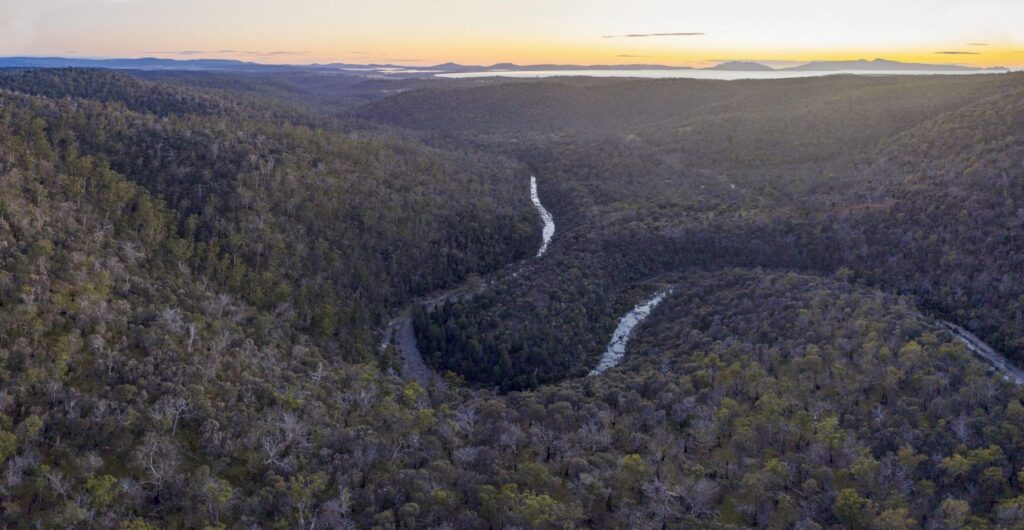
The Kelvedon Hills are clothed in expansive eucalypt forest and woodland. The forest is predominantly threatened blue gum (Eucalyptus globulus), with large, healthy old-growth stands present in the gullies and south-facing slopes of the hills. These gullies are important refuges for the threatened Oyster Bay pine forests. Other rare and threatened species include healthy populations of Barbers gum (Eucalyptus barberi) and warty paperbark (Melaleuca pustulata). The property also hosts the rare Tasmanian velvet bush and clubmoss everlasting-bush.
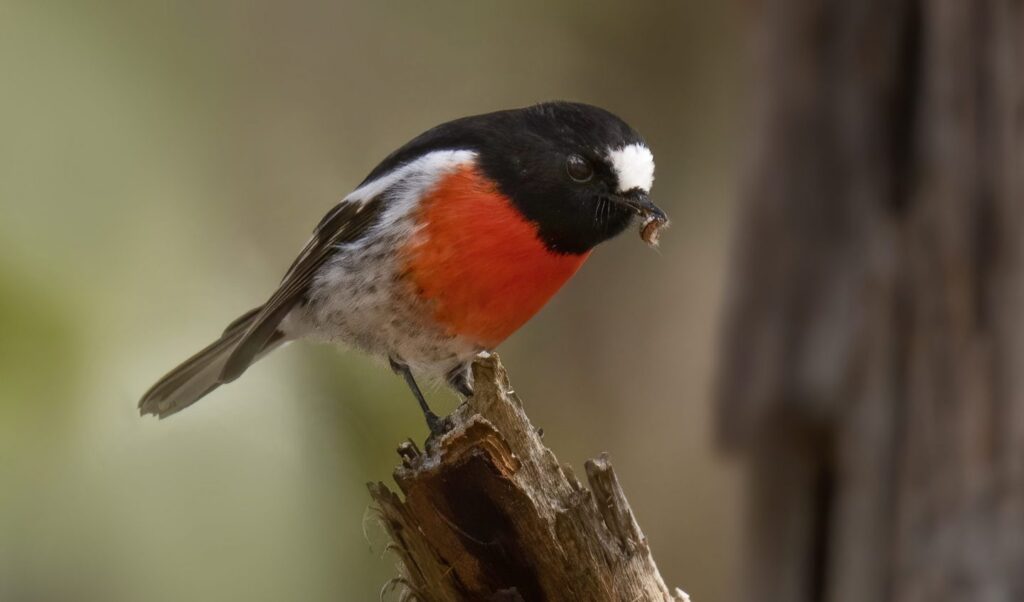
Woodland bird community
Kelvedon Hills is an important area for the ongoing protection of woodland bird communities. While we hear a lot about swift parrots and forty-spotted pardalotes, there are many other species reliant on these kinds of landscapes: flame robins, spotted quail-thrush, painted button quail and eastern rosellas, for example.
TLC’s Head of Science, Dr Alex Kutt, sums up the situation:
‘Though we always focus on iconic species such as swift parrots, the entire temperate woodland bird community, including those in Tasmania, are now considered to have declined and degraded to the point they are being considered for listing as a threatened ecological community under IUCN criteria. The key cause is land clearing, and the perverse consequences of clearing, such as the increase in despotic native birds such as noisy miners, that dominate woodland remnants and exclude smaller woodland birds. Protecting large tracts of habitat, such as Kelvedon Hills, is the only means of preventing the continued loss of our precious woodland birds. The creation of a large complex of protected areas from Prosser River to Kelvedon and beyond, constructs an essential barricade to the march of human-induced global change that threatens native wildlife.
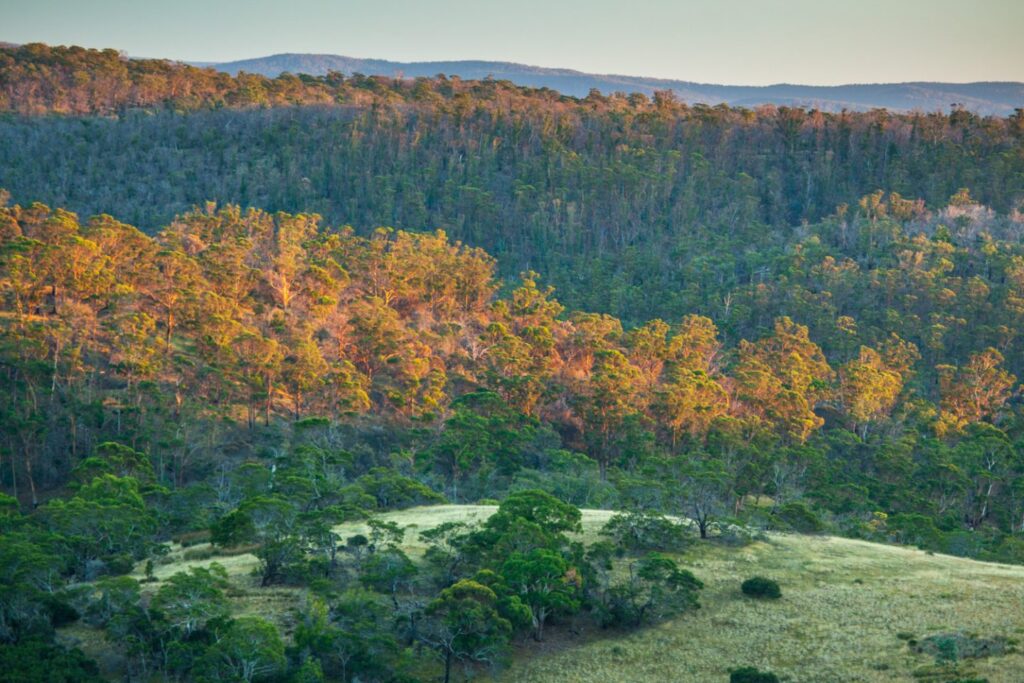
THE KELVEDON STORY
At the TLC we pride ourselves on working alongside landholders to achieve conservation. The initial Kelvedon Hills property was part of the 5,000 ha Kelvedon Estate, which has been in the Cotton family for generations.
Kelvedon Estate was converted to agriculture in 1829 by Francis and Anna Maria Cotton, who immigrated from England aboard the steam ship William and Mary Jellicoe with their five children. According to the Tasmanian Aboriginal Centre, records show that George Augustus Robinson and a group of Aborigines including Trukanini and Wurati spent a night at the Cotton farm ‘Kelvedon’ at Swansea in January 1831. Over the years, the property has expanded and changed enterprises to reflect the climate. Initially the site of successful Hereford studs and superfine merino wool growing, in 1998 the property diversified into cool-climate viticulture, with the Cottons planting one hectare of pinot grapes that became the foundation of the very successful Kelvedon Estate Label. The 5000-hectare property is now owned and managed by father and daughter, Jack and Anna Cotton.
This is a family dedicated to combining agriculture and conservation. In the early 2000s Jack registered a conservation covenant over 1,200 hectares of Kelvedon Estate, protecting a significant area with high conservation values. The TLC has maintained a strong working relationship with Jack – and now Anna – over more than a decade, regarding further opportunities to protect more important habitat across the property. We are very grateful for the trust and confidence the Cotton family has shown in the TLC in allowing us to become stewards of part of this property.
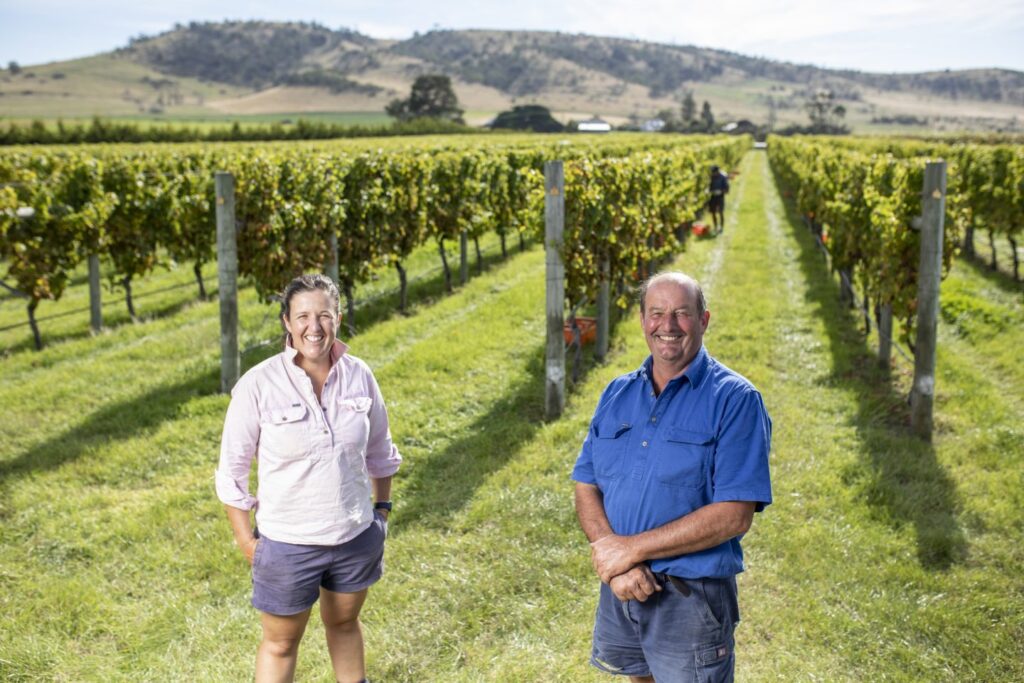
MANAGING THE RESERVE
Kelvedon Hills is in remarkably good condition, with few major threats that need managing. There are small patches of gorse, but no substantial infestations. There is also an area of 140 ha cleared for pasture which has potential for the weed Chilean needle grass (Nasella neesiana) that requires further investigation. There is some illegal vehicle access to and use of the property, so the Reserves Team will be setting up some gates and looking at improving walking access. A fire plan will also be developed.
